As primary and secondary schools and higher education facilities prepare to reopen this fall only one thing is for certain: in an ongoing global pandemic, very little is certain.
Welcoming students back to school requires a careful balance of multiple factors including local health and safety regulations, the learning needs of students based on age and location, and the flexibility to change course quickly as conditions evolve.
What’s the one thing educational institutions can count on? Whether they are implementing an in-person learning model, a remote learning platform, or a hybrid approach, technology will play a key role in the success of both students and teachers. But what is the right technology to keep students and teachers safe and learning in this unprecedented time? Keep reading for answers to your pressing educational technology questions from PSNI members and audio visual experts.
Is Remote Learning the Future of Education? And Are You Ready for It?
One thing educators, parents, and students learned from the abrupt shut down of schools around the world is that learning can take place anywhere. But that doesn’t mean that the pivot to distance learning went off without a hitch. Many educational institutions found themselves without the technology solutions they needed to implement effective distance learning.
If online learning was a short-term requirement, many schools might be able to squeak by without making a major investment in new education technology. However, AV experts agree that remote learning is here to stay. Even after global health concerns have subsided, students and parents will continue to expect flexible learning options. In the short- and long-term these can include modified in-classroom learning (i.e. staggered or alternate schedules), full-time remote learning, or a blended classroom that provides a hybrid approach.
“We believe that the redefined classroom is not only a short-term fix to cope with the COVID-19 situation but will also be the learning environment of the next generation in the long-term,” said representatives from Japanese integrator Totsu.
As blended learning models become part of standard operating procedure for schools and universities around the world, educational institutions need to find and assess technologies that can create a safe and effective learning environment today and into the future.
This long-term approach can also help K-12 schools and institutions of high education justify technology investments even when budgets are tight.
“Technology solutions are absolutely the only way for schools to create a flexible and safe learning environment for all students,” said AV integrator Tierney. “More importantly, this year will impact teaching and learning in the long-term, so schools are not simply making investments for one year, but for many years to come.”
What Technology Solutions Does Your Blended Classroom Need?
The main concern for most educational institutions is keeping students, teachers, and staff safe. Remote learning is a great way to do that. Educators also want to ensure that remote learning options are as effective as classroom learning. That is where educational technology—and AV technology—comes in.
Here are some basic technology solutions schools at every level should consider:
- Professional audio solutions that support clear communication for both in-person and remote students, even with masks, face shields, plexiglass barriers, and other safety precautions that might muffle voices. Microphones bundled with cameras provide a complete AV solution for both remote and in-person students.
- Video conferencing technology that support simultaneous in-person and remote learning, including live streaming capabilities.
- Lecture capture capabilities that support both synchronous and asynchronous learning. Without lecture capture, teachers face a double workload of lecturing live, and then repeating the lesson when they can record it.
- Content sharing platforms that ensure students in the classroom and students learning remotely see the same material.
As K-12 schools and higher education facilities develop long-term technology plans, there are also more sophisticated equipment and software to consider.
- A remote participant video wall at the back of the classroom or lecture hall can make it easier for instructors to see and interact with remote participants in the same way they interface with in-person students.
- Learning management systems provide a single, integrated platform that supports operations and functions across the entire school. Learning management software can also integrate with AV solutions such as microphones, displays, and cameras, as well as with students’ personal devices.
- No-touch interactive control systems, such as voice or motion activated controls to activate AV tools in classrooms, further support social distancing efforts and simplify the use and control of integrated AV systems.
- Digital signage in key places around the campus—drinking fountains, sanitation kiosks, and gathering places such as lobbies and cafeterias—can be used to convey important reminders and information about good health, hygiene, and other school announcements.
What Does a Successful Blended Classroom Look Like?
So, what does all this technology look like in practice? Here are some examples of how a successful blended classroom looks and works.
- Some students may attend in-person, while remote students dial in over an audio or video conferencing platform. With this set-up, in-person and remote students can interact with each other, and the teacher can interact with both groups.
- For schools where all students are remote, a blended classroom might include both live remote learning and lecture capture. Students can watch the class live, and then use a recording of the lecture to study for tests or catch up on classes they missed.
- Lecture capture can also be a supplement to in-person learning. Instructors can make audio and video recordings of their live classes so students can refer back to the class later or view the class later if they had to miss it.
A successful blended classroom also means that both instructors and students are using the available technology to create a hybrid or remote learning experience that is just as effective and productive as full-time in-person learning.
Schools and universities can provide instructional videos and other training to ensure students, parents, and teachers all know how to use the technology solutions that have been provided. Schools can also provide items such as laptops to students who don’t have them available at home.
To keep remote students from feeling isolated and disconnected, instructors can make themselves available over email, chat, or video calls to connect with students and answer their questions. And students can pair up with “study buddies” or learning pods to work on homework and projects together, just like they would in a traditional classroom.
PSNI Integrators Can Help You Find the Best Distance Learning Technology
PSNI members have excellent relationships with many technology partners that manufacture proven technology solutions for higher education and K-12 schools. PSNI integrators can see the big picture and recommend the solutions that best meet your specific needs.
PSNI integrators can also help you see beyond the current, unprecedented moment, and build a technology solution that not only meets your immediate needs but prepares you to meet the demands of blended, online learning well into the future.
Ready to get started? Download the education guide to learn how a PSNI integrator can help.









